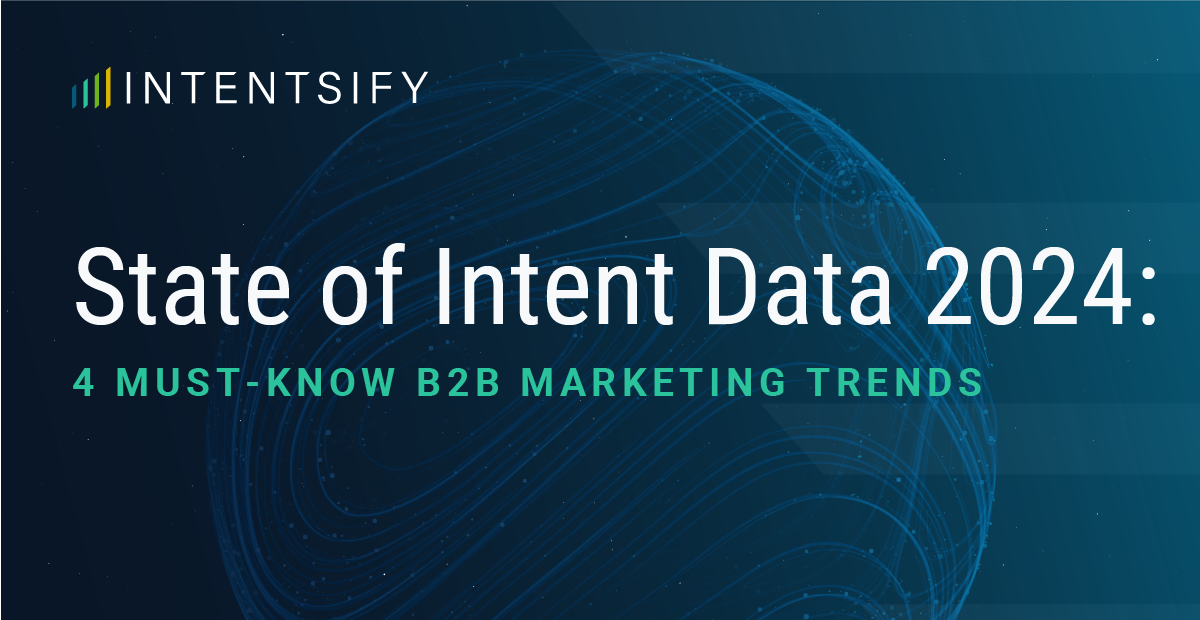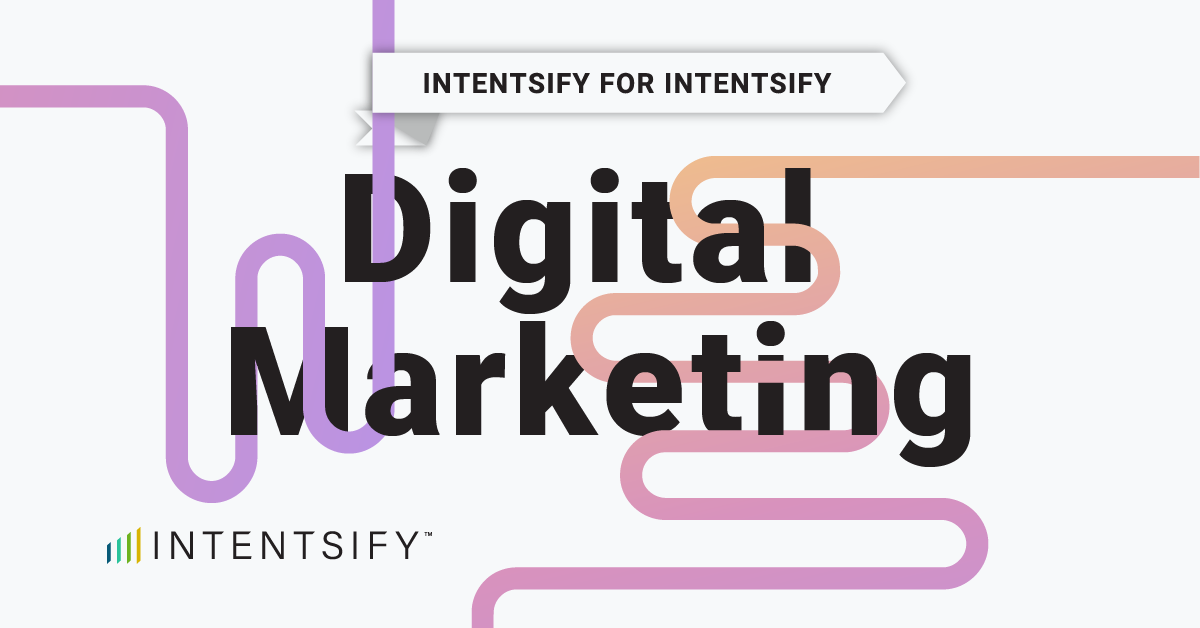“What is the difference between intent data and signal-based marketing?” Allie Kelly, CMO at Intentsify posed this question on stage at Gartner’s 2024 Marketing Symposium in Denver.
For Morgan Cole, VP of Demand Generation at Ping Identity, the answer goes back to that common saying “intent is not a silver bullet.” What she means is that intent is a tool and it’s not going to magically solve everything you are trying to solve. Signal-based marketing however, is the strategy of using buying signals and intent to define target accounts while streamlining marketing and sales activities to reach revenue goals. Signal-based marketing gives a more holistic view of the research behavior across the whole buying committee. In Morgan’s words, “Rather than looking at a linear-based intent data signal, let’s look at several different signals from the buying cohort in these accounts, and let’s get in front of them with the right message.”
Morgan shared how they were recently restructured to roll up into a Chief Revenue Officer instead of a Chief Marketing Officer. This automatically created a closer alignment with sales, but also the team was closely tied to revenue goals. They actually have at least one marketing person associated with each sales region to better operationalize the sales to marketing relationship. With this change, operationalizing intent data was more important than ever. Here are 5 takeaways from the on-stage event.
Takeaways from Gartner’s 2024 Marketing Symposium:
- Do more with less. A lot of companies are feeling this pressure to spend less and increase efficiencies. This was the guiding principle for Ping Identity’s signal-based marketing strategy. When marketing and sales are aligned on the same target accounts, and the same data, they can improve efficiencies in the go-to-market team.
- Prioritize SDR outreach. Ping Identity uses Intentsify as a prioritization tool for SDR outreach. The SDRs can pull up the top accounts and then see based on the signals, research topics, and buying stage, who they should go after first. Signal-based outreach has created better quality interactions and better outcomes for the team. Morgan shared that they have created incentivized regional programs for SDRs. For example, they look at the top 20 high-intent accounts per region that have no associated opportunities. SDRs then have a focused goal of breaking into those accounts, often using the Sendoso gifting platform to book meetings.
- Surround the buying committee. After identifying the top accounts, Ping Identity is focused on engaging the whole buying committee, or what Morgan calls “MQL cohorts.” The buying committee is even getting larger from 7 to up to 15 people. Morgan reminded the audience that people are behind these target accounts. When you are focused on the buying committee, and different persona titles, it’s essential to speak the right language to the right person. A buying group contact enrichment solution, like Intentsify offers, is a great way to reach the people behind these accounts.
- Use a media mix. Enterprises often employ multiple data vendors and a robust media mix to hit their lead and pipeline goals. Regardless of resources, having a strong media mix is essential to reaching your prospective buying group with the right message. Morgan shared that if you just target The New York Times, for example, you are likely to miss out on reaching your buyers. There is a wide variety of media that your buyer might consume, so the more channels the better, especially for intent-driven advertising.
- Expand your use cases. Marketing doesn’t end when you pass over the lead to sales. Marketers should be focused on staying top-of-mind for prospects but also for customers post-sale. Ping Identity also uses a signal-based approach to prevent churn and identify cross or upsell opportunities. For example, if they see a current customer is researching a direct competitor or another solution, they can step in to educate the customer on additional offerings. Ping Identity recently went through a merger, which means there are a lot more solutions they could sell their customers. Signal-based marketing can be a key to churn mitigation.
Allie ended the session by asking Morgan what’s next for Ping Identity. For Morgan, it’s a continued conversation on how they can support a modern go-to-market function with signal-based marketing. She shared that they can’t just be a lead-based motion, they need to continue to penetrate accounts by focusing on the whole buying committee.
To learn more about signal-based marketing, check out our brand-new eBook on how the Intentsify team uses Intentsify.






